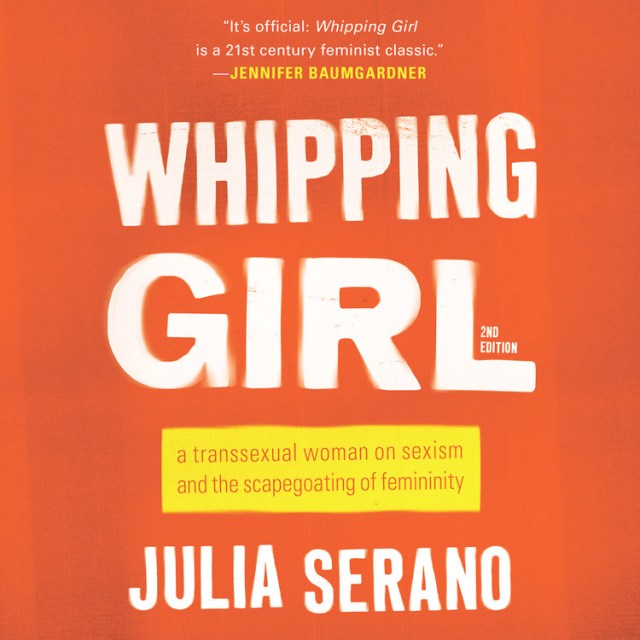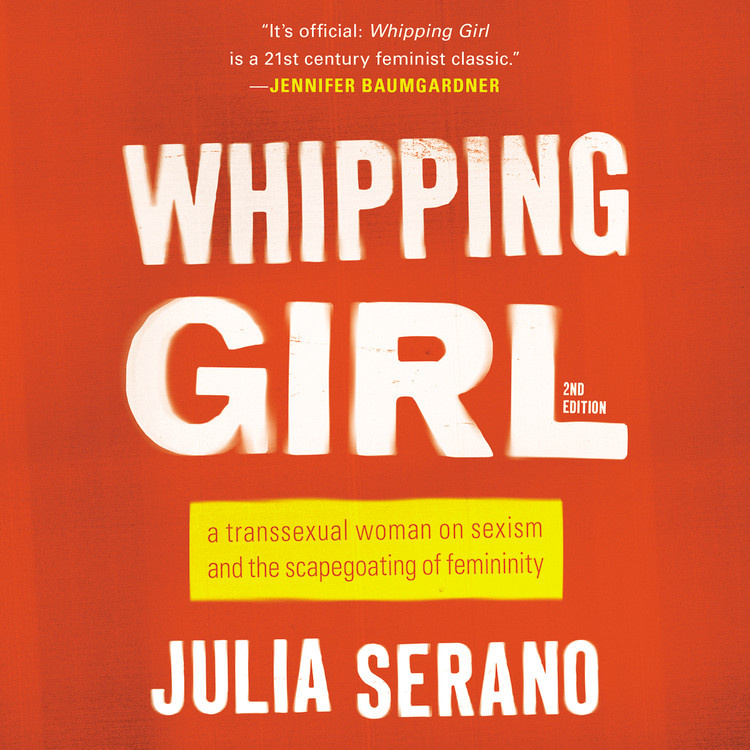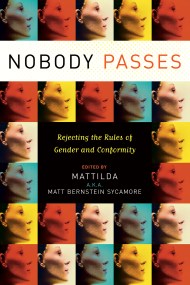Promotion
Shop now and save 20% on your back-to-school purchases & get free shipping on orders $45+ Use code: SCHOOL24
Whipping Girl
A Transsexual Woman on Sexism and the Scapegoating of Femininity
Contributors
By Julia Serano
Read by Julia Serano
Formats and Prices
Format
Format:
- Audiobook Download (Unabridged)
- ebook $13.99 $16.99 CAD
- Trade Paperback $21.99 $28.99 CAD
This item is a preorder. Your payment method will be charged immediately, and the product is expected to ship on or around October 25, 2016. This date is subject to change due to shipping delays beyond our control.
Also available from:
“A foundational text for anyone hoping to understand transgender politics and culture in the U.S. today.” —NPR
Named as one of 100 Best Non-Fiction Books of All Time by Ms. Magazine
Julia Serano shares her experiences and insights—both pre- and post-transition—to reveal the ways in which fear, suspicion, and dismissiveness toward femininity shape our societal attitudes toward trans women, as well as gender and sexuality as a whole.
Serano's well-honed arguments and pioneering advocacy stem from her ability to bridge the gap between the often-disparate biological and social perspectives on gender. In this provocative manifesto, she exposes how deep-rooted the cultural belief is that femininity is frivolous, weak, and passive.
In addition to debunking popular misconceptions about being transgender, Serano makes the case that today's feminists and transgender activists must work to embrace and empower femininity—in all of its wondrous forms.
Named as one of 100 Best Non-Fiction Books of All Time by Ms. Magazine
Julia Serano shares her experiences and insights—both pre- and post-transition—to reveal the ways in which fear, suspicion, and dismissiveness toward femininity shape our societal attitudes toward trans women, as well as gender and sexuality as a whole.
Serano's well-honed arguments and pioneering advocacy stem from her ability to bridge the gap between the often-disparate biological and social perspectives on gender. In this provocative manifesto, she exposes how deep-rooted the cultural belief is that femininity is frivolous, weak, and passive.
In addition to debunking popular misconceptions about being transgender, Serano makes the case that today's feminists and transgender activists must work to embrace and empower femininity—in all of its wondrous forms.
- On Sale
- Oct 25, 2016
- Publisher
- Hachette Audio
- ISBN-13
- 9781478971719
Newsletter Signup
By clicking ‘Sign Up,’ I acknowledge that I have read and agree to Hachette Book Group’s Privacy Policy and Terms of Use







